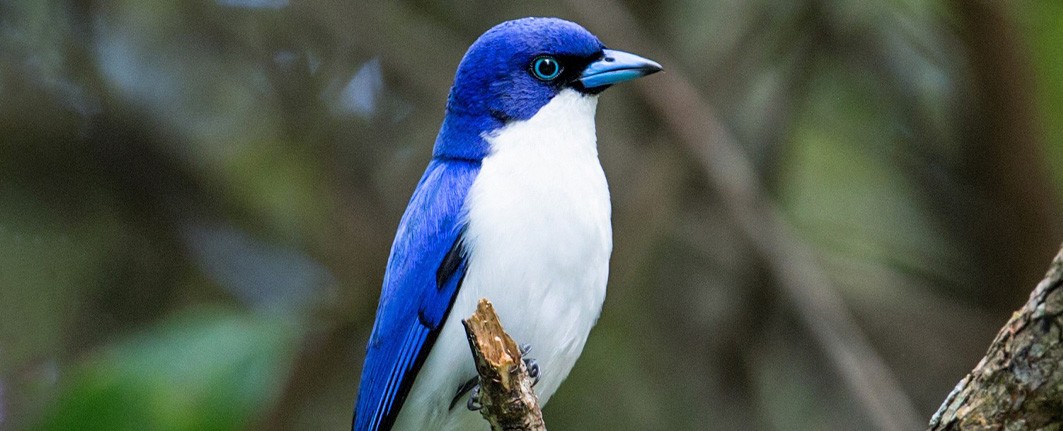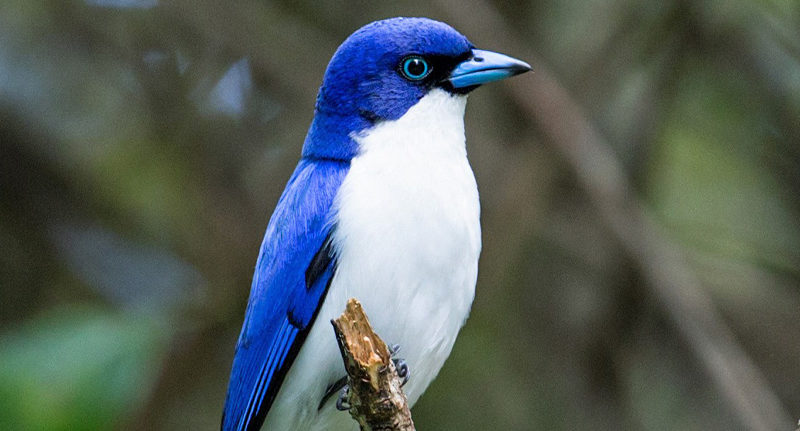
Almost 300 species of bird have been recorded in Madagascar. Of those, about 260 occur regularly, 100 are endemic, and another 30 are Malagasy regional endemics. Four bird families are endemic to Madagascar, and a further two endemic to the Malagasy region. Birds have a much greater ability to cross water barriers than groups like reptiles and amphibians. The modern Malagasy avifauna is the result of many ‘colonization events’, from Africa, Asia and probably even Australasia. Some of these events were ancient, while others were much more recent. Only the recently extinct elephant birds pre-dated the breakup of Gondwanaland; all other bird lineages have colonized the island subsequently.
Human assistance
Several birds have reached Madagascar with human assistance, namely Feral Pigeon, Common Myna (unfortunately now the island’s most common bird), House Crow Corvus splendens (not illustrated: so far restricted to Toamasina) and House Sparrow Passer domesticus (not illustrated: still not widespread). One of the notable things about Malagasy birds is their relative silence compared to birds elsewhere. Few species have particularly complex or musical songs, and many species simply do not vocalize very often. Lemurs and frogs are usually the predominant voices in Malagasy forest.
Madagascar birds
Birds are generally common and conspicuous in Madagascar. Unfortunately, there are vast deforested stretches of the country with only a handful of native species, plus the ever-present introduced Common Myna. Although rainforest birding is always difficult, Madagascar’s rainforest birds tend to be more approachable and less shy than rainforest birds elsewhere in the world. To find retiring forest specialties like mesites and ground- rollers, the best strategy is to enlist the services of guides who specialize in birding. Some Malagasy birds breed year-round, but most do so during the wet season.
Season
As such, they are most vocal between October and December in the rainforest, and slightly later in the dry forest. Migration is inconspicuous on Madagascar, even compared to mainland Africa. There are a few species, such as Madagascar Pratincole, Madagascar Cuckoo and Broad-billed Roller that breed on the island then migrate to the mainland during Madagascar’s dry season. Madagascar also hosts some birds from Europe and Asia, predominantly shorebirds, that migrate south to escape the northern winter. Bird identification on Madagascar is generally straightforward, as there is not the diverse range of drab birds found in most of the world’s tropics.
Shorebirds and terns
They can be difficult to identify, but their diversity is relatively low in Madagascar, reducing the chances of confusion. Among forest birds, the only tricky ones are the warbler-like birds, most of which are best found and identified by song. Sadly, Madagascar’s biggest and perhaps best birds have already become extinct. There were at least five species of elephant bird, one of which, Aepyornis maximus, was the largest bird that the world has ever known.
Madagascar birds Eggs
It stood about three metres (ten feet) tall and weighed as much as 400 kg (880 lb). Its enormous eggs were larger even than those of the largest dinosaurs, and the largest single cell known to biology. The arrival of humans seems to have doomed the elephant birds, along with all of the larger mammals such as pygmy hippopotamuses and ‘gorilla’ lemurs, although they probably survived until well after Madagascar’s first contact with Europe. Sturdy fragments of elephant bird eggs can still be found on the beaches of the southwest, a sad reminder of Madagascar’s lost biological riches.
HT AGENCY TOURS
Luxury Madagascar with the best luxury African safari tours packages. Discover your next perfect destination with HT Agency Tours

